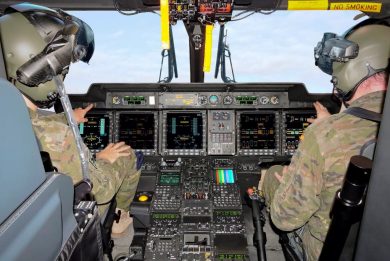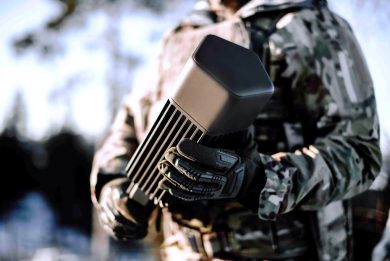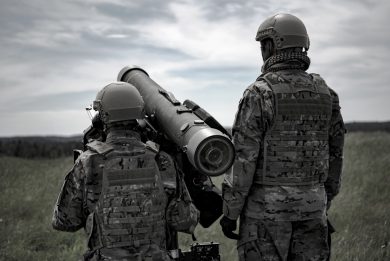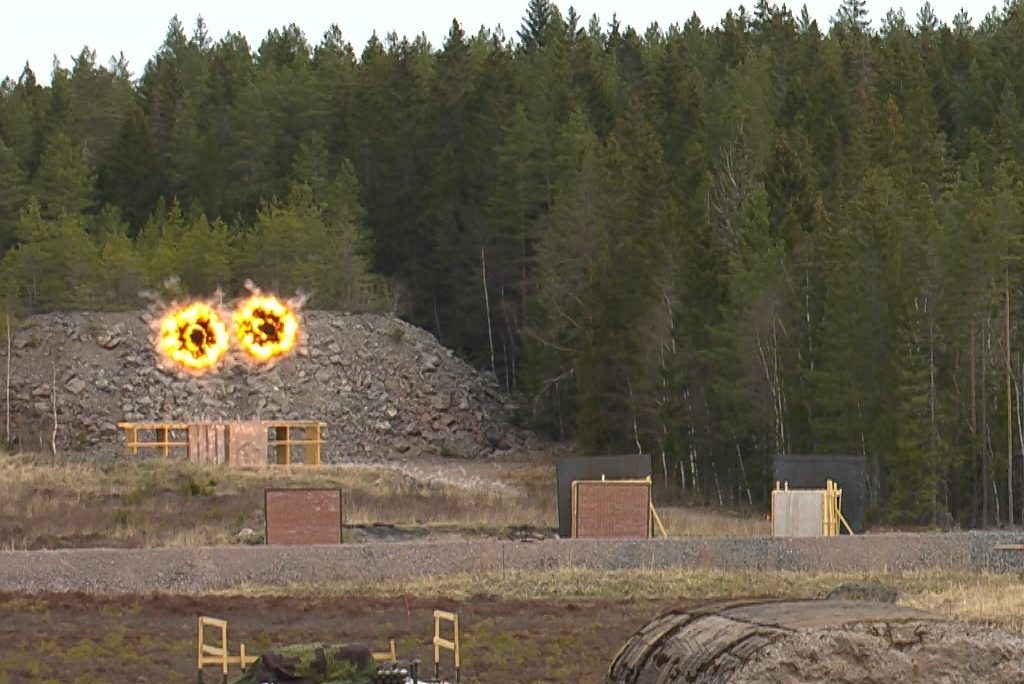
Carl-Gustaf M4: ammunition go smarter
At the 2014 edition of the Ground Combat Demonstration, speaking of its new airburst round, Saab announced that this would contain 2,500 tungsten spheres with a 2.5 mm diameter. At that event the new High Explosive airburst did not yet had a name, and it was compared to the existing HE 441D that carries 800 5.5 mm diameter steel balls. The new round, which was named HE 448, has since evolved and was presented in its final configuration at the event that took place in early May.

Speaking at this year’s demonstration Saab experts stated that the number of spheres has been increased to 4,000, maintaining the same 2.5 mm diameter. It is to note that the new ammunition is much lighter, 2.7 kg versus 3.2 kg, of the HE 441D. While reducing the overall dimension and mass of fragments the lethality of the round has increased; fragments are smaller, lighter, and harder, tungsten hardness is around 10 times that of steel, being lighter their speed is quite probably higher, and being more numerous their density, i.e. the number of fragments per surface unity, is also higher, lethal radius is estimated at 12 meters, so in the end the HE 448 terminal effect is “significantly higher” according to Saab wording.
The type of target considered is similar, both munitions being used in the counter defilade role and against troops in the open, with and without body armour, when the airburst mode is selected, and against soft skinned vehicles, fuze being set on impact. Being lighter, the HE 448 has an increased range, and can reach a target area at 1,500 meters, while its predecessor was used at 1,300 meters against point targets and 1,250 meters against area targets.
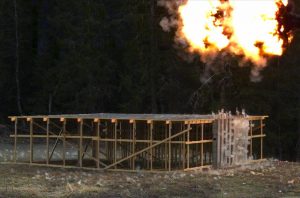
The HE 448 was used intensively during the two-day event. In the operational setup at the Swedish Army’s Combat Training Centre for Military Operations on Urban Terrain in Kvarn a volley of three rounds was used to neutralize infantry on the retreat after its fighting vehicle had been destroyed by a HEAT round. On Day Two, at the Bofors Firing Range in Karlskoga, the first HE 448 of the day was fired in the anti-armour session against an old Swedish Army PBV 301, which was retired in the late 1960s, the round being fired in its impact mode in order to demonstrate its penetration capacity. Session 2 was devoted to anti-structure/anti-personnel use.
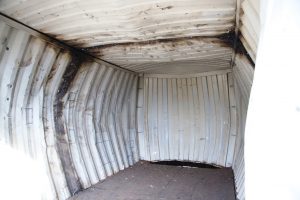
Here the HE 448 was used in the airburst mode in two different setups. The first one was detonated inside a container, a direct comparison with the HE 441D being possible as the latter was detonated in a similar setup in a nearby container. The results confirmed that the new round, although lighter and with smaller fragments, has a much greater terminal effect.
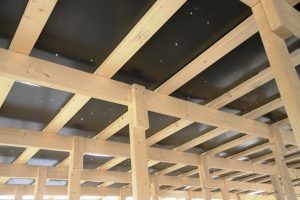
The next target was a metal sheet placed horizontally over a wooden structure, two pairs of HE 448 overflying it and detonating in airburst mode; walking later under the metal sheet it was possible to see to see the density of the spheres that penetrated the target. The last HE 448 was fired in impact mode against a suburban structure, showing the capacity to penetrate a brick wall. All the firings were done using a Carl-Gustaf M4 fitted with an FCD 558 sight, the shooter getting in real time the type of round chambered and its propellant temperature, while inputting the fuze from the sight with the desired mode, impact or airburst. As said in the article dedicated to sights, the Carl-Gustaf M4 weapon system is fitted with a communication device that exploits a new protocol known as Firebolt.
Looking forward, this communication protocol might well be introduced into new versions of existing rounds. As Saab CS (Confined Space) versions of previous rounds allow their use from buildings and enclosed spaces, the same might happen with rounds using Firebolt. This will allow an increase in accuracy and reduced chances for errors, as the round will automatically set the right ballistic table in the sight, also reducing the time to get the weapon ready for fire. Asked about a possible timeline for such developments company officials did not comment.
Phase 3 of the technical firing session at Karlskoga was titled “Peek at the future” and it involved the firing of a high penetration breaking charge. This was a “suspended firing”, as the charge was set on a stand facing the target and was not fired from a static launcher. The target was a triple brick wall, and the new HP charge would be used to open a caliber-diameter hole in the wall in order to allow the main charge to penetrate in the building before detonating. According to Saab this new charge was developed by the company R&D department using a new process that allows cutting development time, adding elements not used before, generating a very short time cycle to reach the required level of performance. Saab is considering integrating this new front charge into current anti-structure rounds, which will improve their capabilities against thicker walls. A second experimental charge was also tested, in this case a High Penetration HEAT warhead. According to a Saab expert the penetration effect and the behind armour effect are competing in a warhead, therefore the final result is always a trade-off between the two. This warhead was tested also in suspended firing mode aimed towards a container that was protected by a 400 mm plate of rolled-homogeneous armour, showing a considerable effect on the container after going through the steel plate, confirming what company officials defined as “a very good compromise”. Although no comments were made about a short-time adoption of such new charge in an actual round, it is quite possible that once optimized this could well become a product further improving the Carl-Gustaf anti-armour capacity.
With the new Firebolt protocol now available, and new warheads coming close to service, the Carl-Gustaf M4 might well come into a new life. Not forgetting the GMM (Guided Multipurpose Munition), which was preceded in 2014 by what Saab named ULM (Ultra Light Missile). In 2017 Saab started cooperating with Raytheon Missiles & Defense under a three-year US Government Rapid Innovation Funding effort awarded by the U.S. Army, which culminated in a live firing demonstration in November 2020. According to Saab officials the GMM is at TRL 7, with the team waiting to have some committed customers to launch with them the full-scale Engineering & Manufacturing Development phase.
Photos courtesy Saab, P. Valpolini

